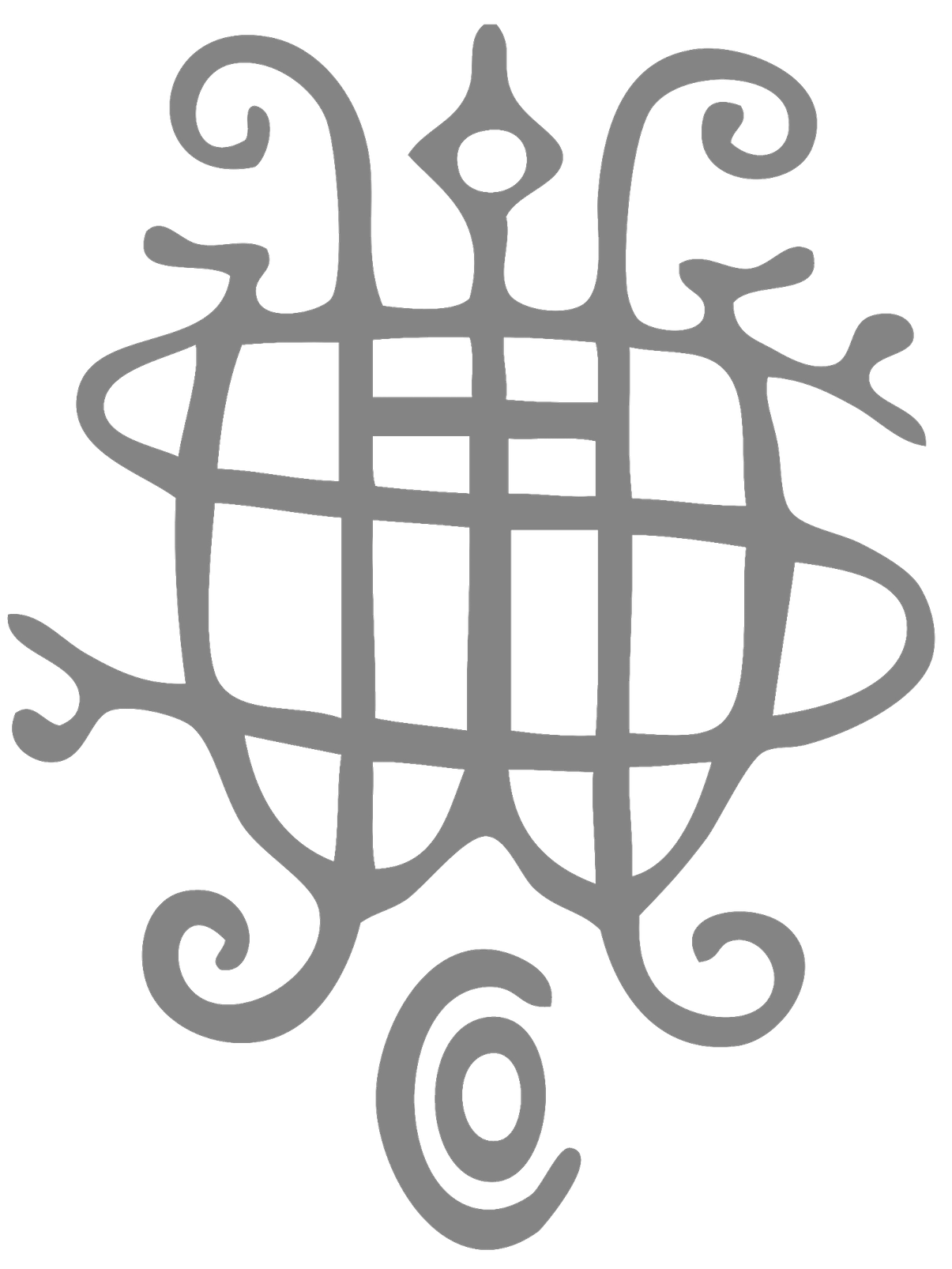It is amazing to think that there are over 130 years worth of Haynes Custom Flutes out there in the world! A subject of frequent communications from all around the globe is a request for the manufacturing date of a Haynes Flute by referencing the serial number.
So we decided to put this resource online to give Haynes Players the opportunity to have an idea of when their precious Custom Flute was made. We hope you find it both useful and interesting!
With records stretching back over a hundred years - there is a LOT of data! With personalized quirks and idiosyncrasies peppered throughout - sometimes things get a little strange! Some serial numbers have been lost entirely, others appear to jump around a little - and certain serial numbers, especially towards the beginning and end of each year, can be a little out of sync - but as a resource - we feel this is pretty close!
There are 1500 flutes per page - so a lot to click through - but with the Serial Number search function - simply enter the number you wish to look up in the search bar, and the Manufacturing Date and Specification will be displayed automatically. Or simply scroll through the pages (and pages!) of serial numbers going through the years - look for patterns, palindrome numbers, famous flutes, strange specifications - they’re all there to be explored! Enjoy!
Please note - the Wm. S. Haynes Co. does not buy or sell vintage or used Haynes Flutes of any age.
if you would like to buy or sell a used or vintage Haynes Flute please contact your nearest Haynes Dealer.
Sometimes the date of manufacture has been formatted to show the 1st of the month.
This is not necessarily the case, especially in later years.
•
1928-1932 were strange years with some flutes showing out of sequence between October and March.
Also, due to a quirk in the numbering before Haynes went to a broadly sequential system there was originally a model-based serial numbering convention,
meaning that a handful of flutes in the 10200-12300 range of serial numbers were actually made in 1900, 1901 & 1902.
•
Most #13XXX flutes were simply not made, mainly due to superstition. However, a total of maybe fourteen #13*** flutes were made in 1943 (we’re honestly not totally sure). So if you have one it’s quite rare, and was likely made between January and March of 1943.
•
For a list explaining the abbreviations contained within the ledger please scroll to the bottom of the page.
If the table is slow to respond, please try refreshing the page. The database is huge
so depending on your connection and device, it can be a little slow to load.
LP = Low Pitch
HP = High Pitch
Open /Op. / OP G# = Open G#
Closed / Cl. / CL G# = Closed G#
Db = D flat piccolo (or flute)
Eb/E Flat = E Flat Soprano Flute
Sil. = Silver
Band/Bd = Band Model
Orch/Or. = Orchestral Model
•
French Model or Fr. or Fr. Mod. = Open Holes, Pointed Keywork
Special Model = Contact Us
B or Bft = B Footjoint
B-C# tr. = B-C# Trill
440/442/444/445/435 = Pitch Specifications
Con. / Conical = Conical Bore Piccolo
Cyl. = Cylindrical Bore Piccolo
Bb to B = Modern Style B flat Shake Key (previously for trilling B-C Natural)
Gold Emb = Gold Embouchure (lip plate & riser)
•
HMFM = Handmade French Model (Open Holes, Pointed Keywork, Soldered Toneholes)
HMCH = Handmade Closed Hole (Closed Holes, Pointed Keywork, Soldered Toneholes)
LD: Lewis J Deveau Scale
.205D = .205 depth riser (taller than the standard .195 depth riser)
RW: Robert Winn Scale - designed primarily for the German Market
GW: Gold Wall (riser)THM: Super Thin Wall - maybe .010 or .011 Tube Thickness.016>.016, .018, .014, .012, .010 = Tube Thickness
